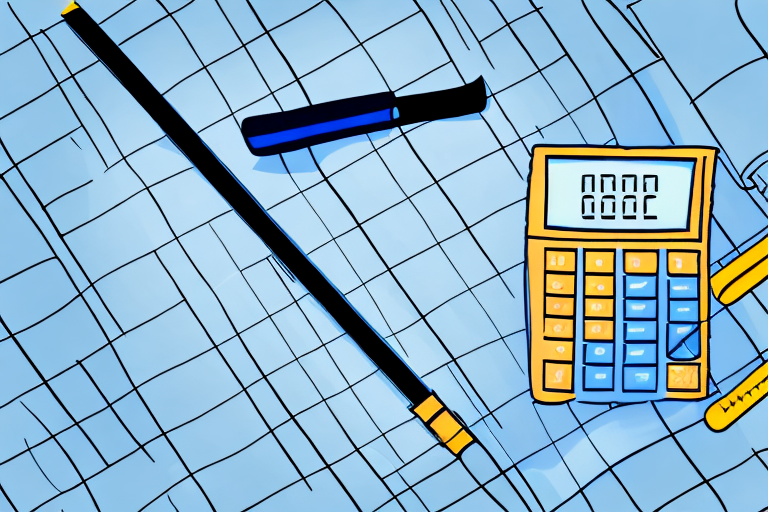Mastering Length and Girth Calculations for Efficient Shipping
Accurately measuring the length and girth of your packages is essential for optimizing shipping costs and ensuring safe delivery. Whether you're an individual sending parcels or a business managing large shipments, understanding how to calculate these dimensions can save you time and money. This guide provides a comprehensive overview of length and girth calculations, effective measurement techniques, and practical applications in various industries.
Why Accurate Length and Girth Measurements Matter
Shipping carriers such as FedEx, UPS, and USPS use length and girth measurements to determine shipping costs based on dimensional weight. Proper measurements ensure that you are charged appropriately and that your packages meet carrier requirements, reducing the risk of additional fees or delays.
- Cost Efficiency: Accurate measurements prevent overpaying for shipping by ensuring you only pay for the actual space your package occupies.
- Compliance: Adhering to carrier size restrictions avoids package rejection or extra handling fees.
- Safety: Proper sizing minimizes the risk of damage during transit by ensuring adequate packaging.
Understanding Length and Girth
Defining Length and Girth
Length refers to the longest dimension of a package, measured from end to end. Girth is the distance around the package, measured at its thickest point, perpendicular to the length. The combined length and girth are used by carriers to calculate dimensional weight, which can affect the shipping cost.
Dimensional Weight Explained
Dimensional weight (DIM weight) is a pricing technique used by shipping companies that considers the volume of a package in addition to its actual weight. The formula commonly used is:
DIM Weight = (Length × Width × Height) / Dimensional Factor
The U.S. Postal Service, for example, uses a dimensional factor of 166 for domestic shipments.
How to Calculate Length and Girth
Basic Calculation Method
To determine the total length and girth of a rectangular package:
- Measure the length (L), width (W), and height (H) of the package in inches.
- Apply the formula: Total Length and Girth = L + 2(W + H).
Example: If a package is 10 inches long, 5 inches wide, and 4 inches high, the calculation would be:
10 + 2(5 + 4) = 10 + 2(9) = 10 + 18 = 28 inches
Calculating for Non-Rectangular Objects
For cylindrical objects, the girth is calculated based on the circumference:
Girth = π × Diameter
Add the length of the cylinder to the girth to get the total measurement.
Tools and Techniques for Accurate Measurement
Essential Measuring Tools
- Measuring Tape: Flexible and ideal for measuring girth around irregular shapes.
- Ruler: Provides precise measurements for length, width, and height.
- Calipers: Useful for small or detailed measurements with high accuracy.
Best Practices for Measuring
- Measure at the Widest Point: Ensure girth is measured at the package's thickest part.
- Use Consistent Units: Stick to inches or centimeters throughout your measurements.
- Double-Check Measurements: Verify measurements to prevent errors in calculations.
- Avoid Including Packaging: Measure the product itself without additional packaging to get accurate dimensions.
Applications of Length and Girth Measurements
Shipping and Logistics
Accurate length and girth measurements are crucial for determining shipping costs and ensuring packages meet carrier size restrictions. This information helps businesses optimize packaging and reduce shipping expenses.
Storage Solutions
For individuals and businesses utilizing storage units, knowing the length and girth of items ensures efficient use of space and prevents overloading storage facilities.
Manufacturing and Design
In industries like manufacturing and product design, precise measurements are essential for creating prototypes, packaging, and ensuring compatibility with shipping containers.
Common Mistakes to Avoid
- Incorrect Girth Measurement: Failing to measure girth at the thickest point can lead to underestimating package size.
- Mixing Measurement Units: Using different units (inches vs. centimeters) in the same calculation can cause errors.
- Including Packaging Materials: Measuring the package with extra padding can inflate dimensions inaccurately.
- Neglecting Irregular Shapes: Not accounting for protrusions or uneven surfaces can result in inaccurate girth measurements.
Advanced Techniques and Tools
Digital Measurement Tools
Advanced digital tools and software can streamline the measurement process, especially for complex or large-scale shipments. Tools like Western Car's measurement solutions offer precision and ease of use.
Automated Calculation Tools
Online calculators and shipping software can automatically compute length and girth, providing instant estimates for shipping costs. Integrating these tools into your workflow enhances efficiency and reduces manual errors.
Conclusion
Mastering the calculation of length and girth is essential for efficient shipping, accurate cost estimation, and optimal packaging. By using the right tools and adhering to best measurement practices, individuals and businesses can enhance their shipping processes, reduce costs, and ensure the safe delivery of their packages. Stay informed about carrier guidelines and continuously refine your measurement techniques to achieve the best results.




















